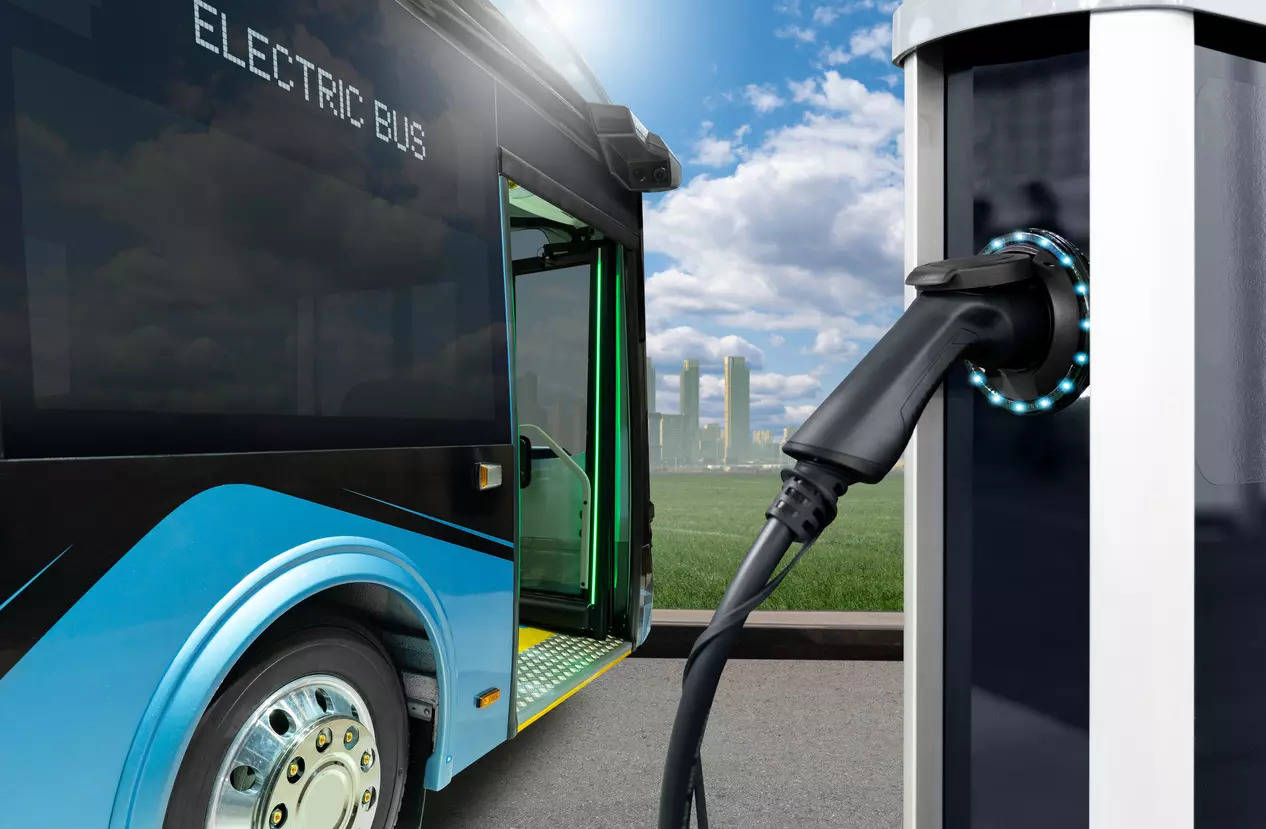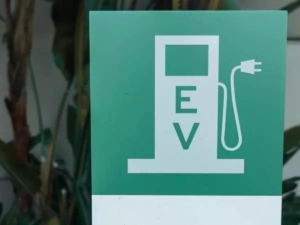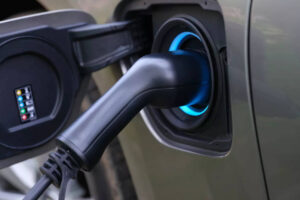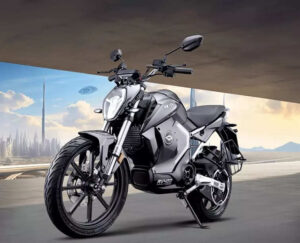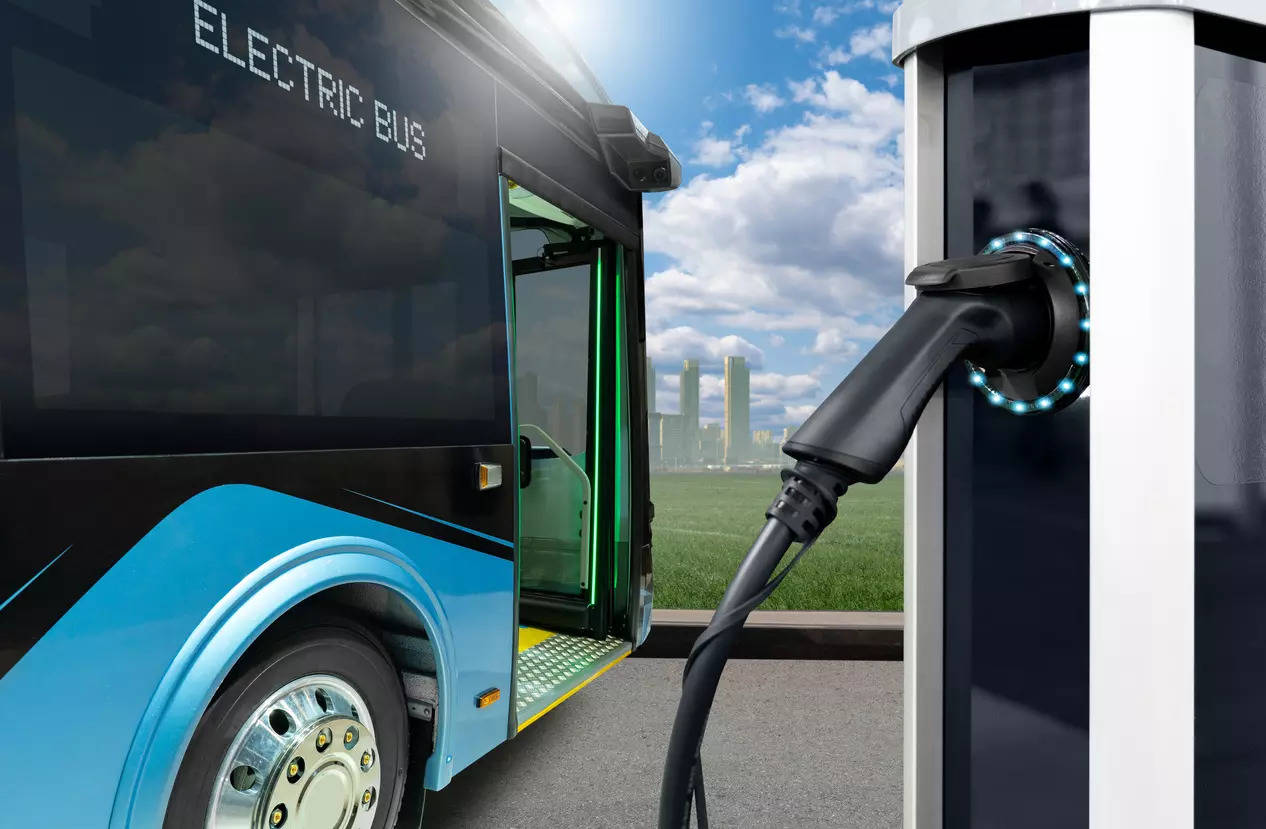
Sustainability has transcended its status as a mere buzzword to become a crucial global imperative. As the world grapples with the urgency of reducing carbon footprints and meeting regulatory guidelines, it is evident that developed economies, despite their substantial contributions to carbon emissions, often lack clear roadmaps for emission reductions. This discrepancy underscores the need for collective and immediate action, as leading environmentalists warn that humanity has only a narrow window of about two years to avert irreversible environmental damage.The rapid urbanisation and migration of the working population to cities intensify the need for sustainable mass mobility solutions. According to NITI Aayog, road transportation alone contributes to 12% of CO2 emissions in India, highlighting a significant area for improvement. Despite this, India’s bus density remains far below that of developed nations, with only one bus per thousand people.
Electric mobility is emerging as a beacon of hope, advancing at a remarkable pace in India. The International Energy Agency’s Global EV Outlook 2024 report reveals a 70% year-on-year increase in electric car registrations in India, reaching 80,000 units, while overall car sales grew by less than 10%. The report further indicates that electric buses constituted 3% of total bus sales in 2023, with projections showing a seven-fold increase by 2035, driven by stringent emission norms in the European Union and the United States. India is also ambitiously transitioning from internal combustion engine (ICE) buses to electric buses, aiming to have 50,000 e-buses by 2027. This transition is supported by a USD 390 million fund, backed by the Indian and American governments, to provide soft loans and ensure demand for domestic manufacturers.
Programs like the Grand Challenge and the National e-Bus Program, spearheaded by Convergence Energy Services Ltd (CESL), have steadily increased e-bus operations, especially in Tier-2 towns. The recent PM e-Bus Sewa initiative aims to extend these operations to Tier-3 and Tier-4 towns, further expanding the reach of sustainable transport.
Positive customer feedback from regions such as Leh, Kargil, Himachal Pradesh, and Kerala, where travellers prefer to wait for PMI ELECTRO e-buses rather taking traditional ICE engine buses as they find them more comfortable, underscores the potential for widespread acceptance and success of electric buses. Our organisation has been actively collaborating with 30 State Transport Undertakings (STUs) across cities like Pune, Bhubaneshwar, Lucknow, Kanpur, Rajkot, Surat, Nagpur, Goa etc. We have designated routes with high local traffic as “Green Routes,” symbolising the dawn of a new “Green Revolution” in India. This shift from personal to public transport mirrors trends in developed countries and is pivotal for reducing crude oil dependency and achieving our Prime Minister’s vision of a net-zero nation.
While our current strategy is promising, it still has many challenges to meet our ambitious targets. The proliferation of electric vehicles necessitates a long-term roadmap that addresses the end-of-life management of EV batteries, ensuring minimal environmental impact through sustainable recycling processes. Additionally, the development of a robust charging infrastructure is critical. The FAME-II initiative has set a target of installing charging stations every 25 kilometers on major highways, supported by financial commitments from the Ministry of Heavy Industries.
As we progress, it is essential to adopt hybrid infrastructure with a significant portion of power generated from renewable sources. Large solar parks are being commissioned in various parts of the country, requiring widespread implementation. Realising our sustainability goals demands collective collaboration among central and state governments, regulatory authorities, and industry players. Without such concerted efforts, our vision for a sustainable future risks remaining utopian dreams.

